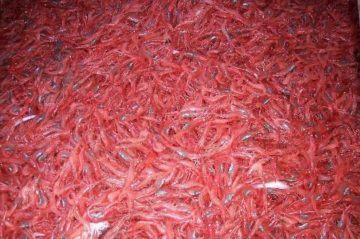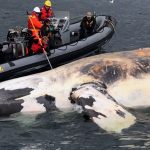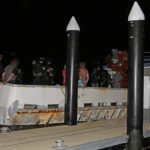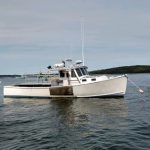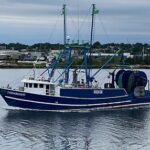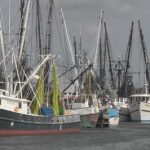Drastic cuts to northern shrimp quota
March 31, 2017
ST. JOHN’S – Yesterday evening, the federal government announced a 63 per cent cut to inshore northern shrimp quota in fishing area 6. The FFAW is calling on the federal Minister of Fisheries and Oceans to reconsider the radical nature of these cuts, and once again calls for the offshore to be removed from shrimp fishing area (SFA) 6.
The total allowable catch for SFA 6 went from 48,196 tons in 2015 to 27,825 tons in 2016, to a dismal 10,400 tons announced for 2017. This amounts to a 78 per cent quota reduction over two years.
The Department of Fisheries and Oceans (DFO) slashed harvest rates from 20 per cent in 2016 to 10 per cent in 2017. These dramatic cuts to the harvest rate are not in line with the reduction in the northern shrimp biomass. The decline in northern shrimp is not due to overfishing, rather it is a result of an environmental shift in the ocean ecosystem. As groundfish stocks rebuild, it is inevitable that shellfish stocks in the area will continue to decline.
“DFO policy is managing the resource as if they intend to rebuild the northern shrimp stocks. We’ve long requested that DFO take into account the entire marine ecosystem when making policy decisions. Species are not independent of each other,” said Keith Sullivan, FFAW-Unifor President.
In an already bleak provincial economy, these cuts are the nail in the coffin for the inshore shrimp fishery. Thousands of people in our province will face financial hardship as a result of yesterday’s announcement.
Approximately 3000 people are directly employed in the inshore shrimp fishery, which together with its spinoffs, contributed $250 million to the provincial economy in 2015. In 2015, shrimp income made up greater than half of the total harvesting income for more than 75 per cent of shrimp harvesters. Combined with declining crab stocks and few other fisheries to fall back on, these cuts are having a significant impact on the economic livelihood of thousands of people in our province. Taking away nearly two-thirds of the inshore quota for 2017 imperils the sustainability of hundreds of fishing enterprises and over a thousand good jobs.
“Newfoundland and Labrador is facing a pivotal moment in the fisheries. As shellfish stocks decline and groundfish stocks recover, a well-managed transition period is crucial for fish harvesters and processing plants to make that shift.” Sullivan added.
With these cuts, the offshore trawlers still hold approximately 60,000 tons of northern shrimp quota in all shrimp fishing areas, while the inshore holds 7239 tons in area 6.
“DFO must work with us to come up with a better solution that doesn’t decimate rural Newfoundland and Labrador,” warns Sullivan.
###
For media inquiries, please contact:
Courtney Glode
FFAW-Unifor Communications
Courtney Pelley Glode
Communications Officer
FFAW-UNIFOR
368 Hamilton Ave., PO Box 10, Stn C
St. John’s NL, A1C 5H5
T: 709 576-7276
M: 709 743-4445






